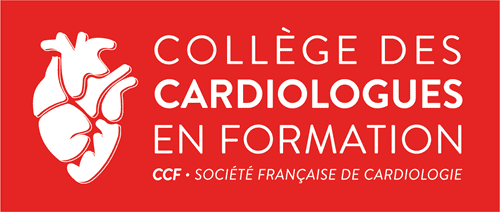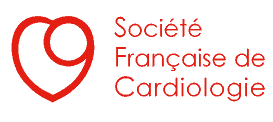Suivez nous sur les réseaux sociaux
Cet outil a vocation à informer, diffuser l’information auprès des jeunes cardiologues (internes, assistants, chefs de cliniques, jeunes praticiens, etc.), et faciliter les échanges.
Voici un aperçu rapide des sujets abordés dans cette publication :
Toutes nos publications
Une question ?
Publications
Impacts of illicit drug use on coronary angiographic findings in a multicenter registry of patients with acute coronary syndrome
Voici un aperçu rapide des sujets abordés dans cette publication :
Impacts of illicit drug use on coronary angiographic findings in a multicenter registry of patients with acute coronary syndrome
A. Lequipar, T. Pezel, C. Delmas, A. Trimaille, F. Boccara, F. Roubille, A. Lafont, E. Gall, N. El Beze, P. Guiraud-Chaumeil, M. Singh, E. Gerbaud, F. Picard, P. Henry, J. G. Dillinger, for the ADDICT-ICCU investigators
European Heart Journal, Volume 44, Issue Supplement 2, 9 November 2023, ehad655.1275
DOI: 10.1093/eurheartj/ehad655.1275
Abstract
Background
Although illicit drug use may induce acute coronary syndrome (ACS), its impacts on coronary angiographic characteristics and the coronary artery disease (CAD) burden are a matter of debate.
Purpose
To assess the association between illicit drugs use and coronary angiographic findings in a multicenter patients with ACS.
Methods
From April 7 to 22, 2021, the Addiction in Intensive Cardiac Care Unit (ADDICT-ICCU) study included prospectively 1,499 patients admitted to ICCUs with a systematic urine multidrug test in 39 ICCUs across France. This prespecified study focuses on patients admitted for ACS with an angiography analysed by an independent Angiographic Core Laboratory. Patients with history of coronary artery bypass graft surgery were excluded. We compared coronary angiographic findings between illicit drugs users and others for the following parameters: the prevalence, location, type, and severity of CAD obstruction (stenosis≥50%), SYNTAX score, residual SYNTAX score, and the characteristics of percutaneous coronary intervention (PCI).
Results
Among the 283 patients with ACS (62±13 years, 77% men), 38 (13.4%) had a positive test for illicit drugs (cannabis: 12%, cocaine: 1.1%, MDMA: 0.7%). Drug users were younger than other patients (51±12 vs 64±12 years, p<0.001), but there were no significant difference in sex ratio (89.5% vs 75.5%, p=0.088). There was no significant difference in the rate of STEMI (52.6% vs 45.7%, p=0.535) and NTSEMI (47.4% vs 54.3%, p=0.535) between drug users and others. Regarding the CAD burden, drug users had significantly less obstructive coronary lesions (1.6±1.1 vs 2.2±1.4, p=0.012), less multivessel obstructive CAD (31% vs 61%, p=0.001), and a trend for a lower initial SYNTAX score (8.3±7.8 vs 10.8±8.4; p=0.084) compared to others. Concerning culprit lesion, drug users had less bifurcation lesions (p=0.008), a trend for more left anterior descending (LAD) artery lesions (p=0.091), a higher thrombus burden score (p=0.057), and less lesions above 20 mm (p=0.183).
Conclusions
In patients with ACS, recent illicit drug use is associated with less number of significant lesions and less multivessel CAD. Concerning culprit lesions, illicit drugs use is associated with less bifurcation lesions, with a trend for more LAD lesions and a higher thrombus burden score.


